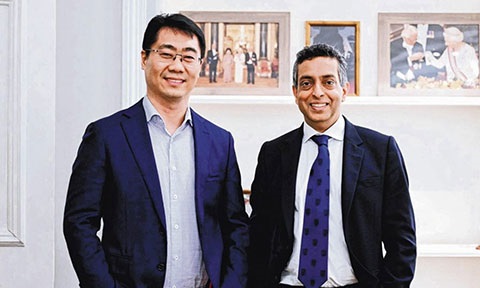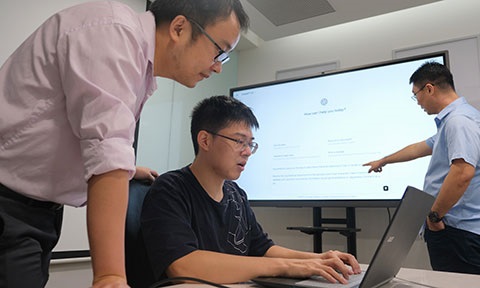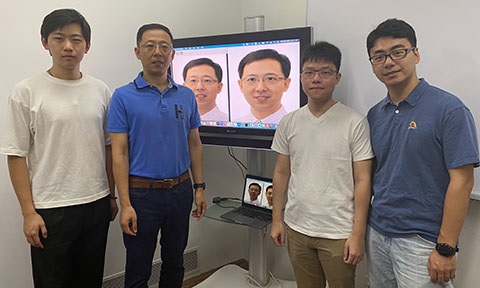Experts urge more vigilance as deepfakes get harder to spot
The Straits Times, page A4 (half-page), and online, 30 Dec
 To spot a deepfake video, look out for distorted images, speech that does not match the movement of the speaker’s lips, and claims that are too good to be true. Tech experts offered these tips as they called for
more education to detect fake videos made using artificial intelligence (AI) after several deepfakes surfaced in December. Deepfake videos will become harder to spot with the advancement of technology, Assoc Prof Lu Shijian from NTU's SCSE told
The Straits Times. The public needs to be taught how to spot and promptly report such misinformation, said Prof Lu, adding that the authorities and content platforms must do more to penalise those who spread and create malicious deepfakes. Prof
Lu’s team is similarly developing an AI program that can generate facial animations with just a person’s photo and an audio recording of their voice for use in metaverse-related apps and virtual assistants. All content created under the
research program, which is called Diverse yet Realistic Facial Animations (Dirfa), is watermarked to make clear that it is not real.
To spot a deepfake video, look out for distorted images, speech that does not match the movement of the speaker’s lips, and claims that are too good to be true. Tech experts offered these tips as they called for
more education to detect fake videos made using artificial intelligence (AI) after several deepfakes surfaced in December. Deepfake videos will become harder to spot with the advancement of technology, Assoc Prof Lu Shijian from NTU's SCSE told
The Straits Times. The public needs to be taught how to spot and promptly report such misinformation, said Prof Lu, adding that the authorities and content platforms must do more to penalise those who spread and create malicious deepfakes. Prof
Lu’s team is similarly developing an AI program that can generate facial animations with just a person’s photo and an audio recording of their voice for use in metaverse-related apps and virtual assistants. All content created under the
research program, which is called Diverse yet Realistic Facial Animations (Dirfa), is watermarked to make clear that it is not real.
- Initiated by CCO. View previous coverage and explainer video.














/enri-thumbnails/careeropportunities1f0caf1c-a12d-479c-be7c-3c04e085c617.tmb-mega-menu.jpg?Culture=en&sfvrsn=d7261e3b_1)

/cradle-thumbnails/research-capabilities1516d0ba63aa44f0b4ee77a8c05263b2.tmb-mega-menu.jpg?Culture=en&sfvrsn=1bc94f8_1)

7e6fdc03-9018-4d08-9a98-8a21acbc37ba.tmb-mega-menu.jpg?Culture=en&sfvrsn=7deaf618_1)


a57ab68f-1049-4be2-a83a-d3821af9aeee.tmb-listing.jpg?Culture=en&sfvrsn=e59ee71c_1)



28b79ea5-f58c-412e-8024-6e9d10e7bc99.tmb-listing.jpg?Culture=en&sfvrsn=d043571f_1)